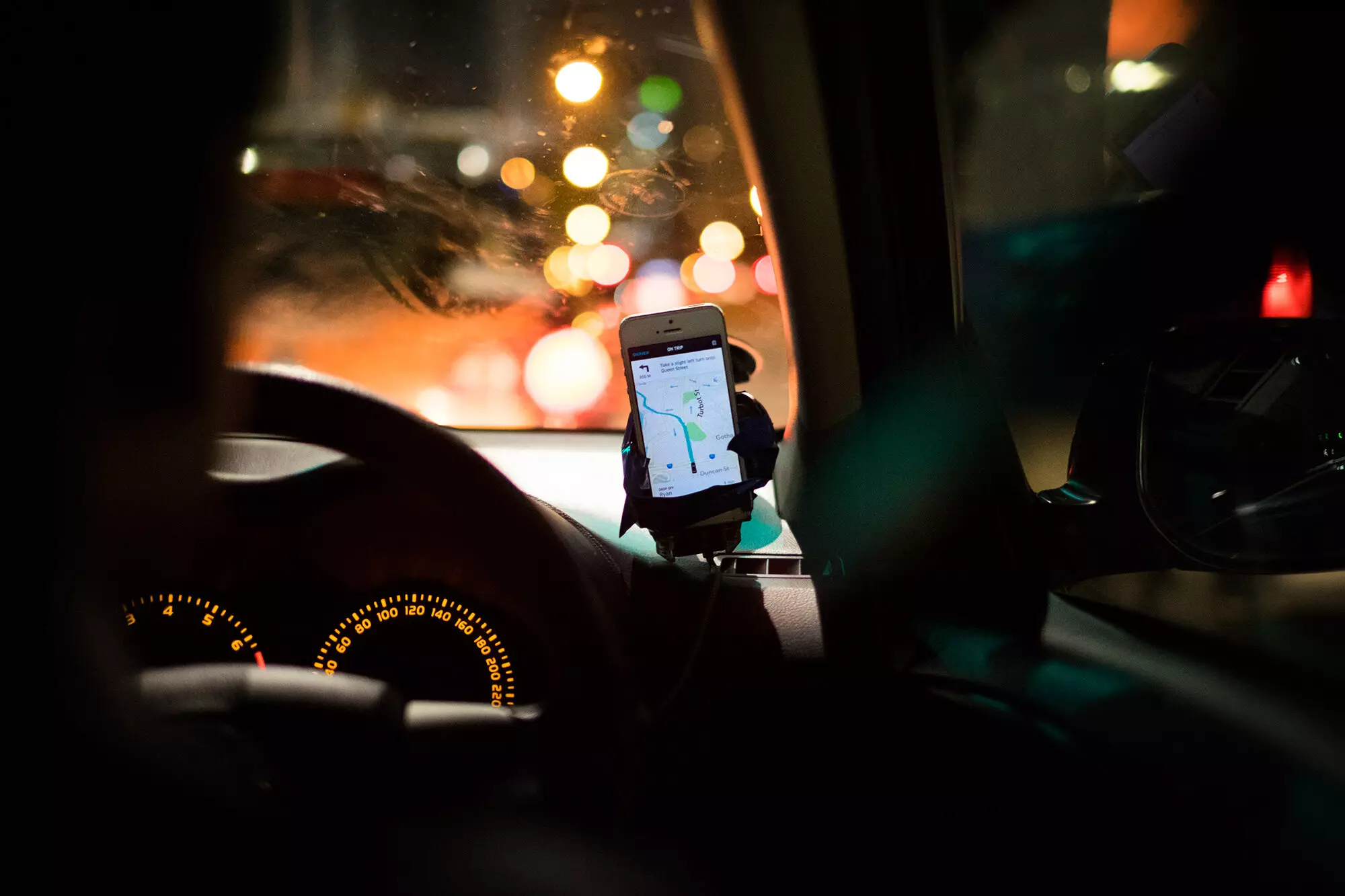In recent years, ride-hailing services like Uber and Lyft have gained traction in urban environments, revolutionizing the way people navigate cities. While these services provide a convenient mobility option, recent studies have raised questions about their environmental impact and effects on traditional public transport systems. A notable investigation conducted by the University of California, Davis Institute of Transportation Studies unveils troubling insights into the nature of ride-hailing trips in California, suggesting that they frequently displace more sustainable forms of transportation.
The Implications of Ride-Hailing Data
The study, published in the *Transportation Research Record*, analyzed responses from over 2,400 individuals who took part in 7,333 ride-hailing trips across metropolitan areas such as the San Francisco Bay Area, Los Angeles, and San Diego. Alarmingly, more than half of the surveyed trips replaced previously sustainable transportation methods, including cycling, public transit, and walking. Statistics reveal that 47% of respondents utilized ride-hailing services in lieu of public transport or other eco-friendly options, while an additional 5.8% of trips stemmed from “induced travel” — trips that likely would not have occurred without the availability of ride-hailing services.
This raises the significant concern that ride-hailing is not just a supplementary transportation option but rather an entity that could hinder efforts aimed at reducing traffic and emissions. By potentially increasing vehicle miles traveled, these services contribute to urban congestion and the degradation of environmental quality.
The study further explores the demographics of ride-hailing users, revealing that those without access to a personal vehicle or individuals from racial and ethnic minorities represent a substantial portion of riders who rely on these services. Such findings indicate that for many, opting for a ride-hailing service is not merely a matter of convenience, but a necessity. This aggravates existing social inequities in transportation, pointing toward a critical need for more accessible public transport alternatives. Lead author James Giller emphasizes the importance of studying these inequities further to create a more sustainable future for all urban riders.
While ride-hailing services have the potential to provide critical connections between users and broader mobility options, their unregulated usage can lead to adverse effects on public transit systems. Giller urged that sustainability in ride-hailing can be achieved through strategic integration with public transport networks. Recommendations include promoting pooled rides and improving connectivity, especially in low-demand neighborhoods, where traditional public transit may fall short.
At their core, ride-hailing services can enable individuals to travel with ease, but their dependency on singular vehicle trips without overlapping with public transit can result in less-than-desirable environmental outcomes. Enhancing vehicle occupancy and streamlining transitions to public transit hubs can significantly mitigate the negative consequences of ride-hailing.
Consequently, ride-hailing platforms hold the potential for sustainable urban mobility, but they require a concerted effort in exploring operational efficiencies. Giller notes that this can involve utilizing electric vehicles, optimizing ride-sharing practices, and minimizing the deadhead miles — the distance traveled while seeking to pick up passengers.
The study, co-authored by Giovanni Circella and Mischa Young, contributes valuable insight to policymakers and transportation agencies. It sheds light on the interactions between ride-hailing services and other travel modes, guiding future regulations and strategies aimed at promoting more sustainable urban transportation ecosystems.
Transitioning toward a more sustainable model for ride-hailing requires acknowledging its current role in transportation while rethinking its implementation to complement, rather than replace, more environmentally friendly alternatives. With thoughtful approaches, these services can flourish, fostering a future of urban mobility that addresses both accessibility and environmental health.

